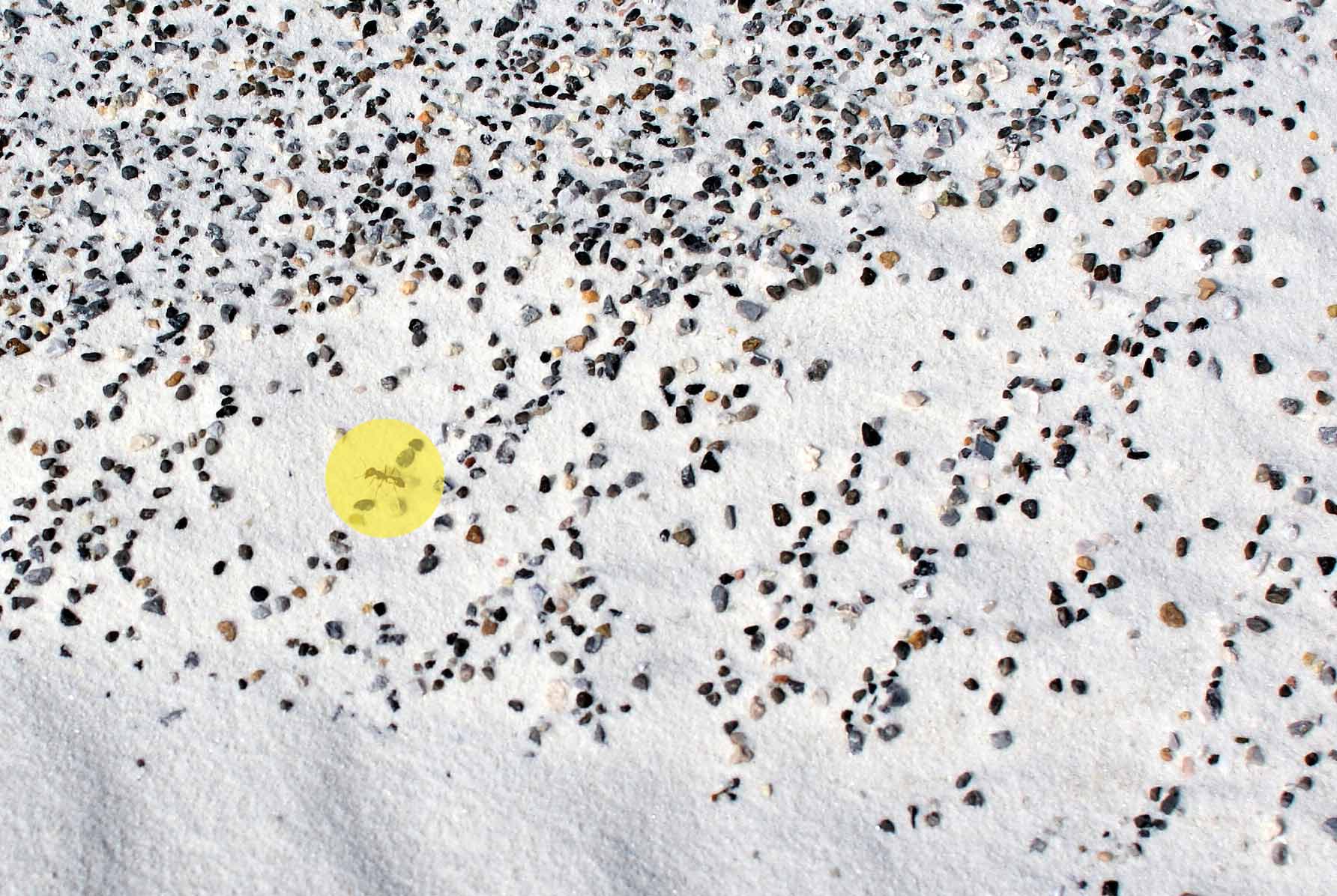Making Moves: 2013 Senior Art Exhibition

Making Moves includes selected work by students graduating with bachelor degrees from the Studio Art, Visual Art Studies, and Art History divisions of the Department of Art and Art History. Nominated by faculty members, this exhibition provides a glimpse into the creative energy found at The University of Texas at Austin.
The department’s Studio Art program transmits a solid foundation in a wide range of studio practices while also conveying history and theory in order to facilitate critical discourse. The program prepares students to function as professionals within defined disciplines of the visual arts, but also to achieve personal fulfillment through a qualitative understanding of the varied methods of creative expression. Exploring ideas and forms at the leading edge of knowledge, these students develop the capacity for experimentation and invention of new art forms.
Preparing students for art education and outreach service in schools, arts institutions, and community programs is the focus of the department’s Visual Art Studies program. Curriculum emphasizes art education history, philosophy, student development, teaching strategies, and evaluation procedures, while field observations and practical classroom teaching provide students opportunities for application of these principals.
The Art History program prepares students to understand art and visual culture of the past, as well as the historical, cultural, and social rationales behind the creation of art objects. Art History students learn how to treat non-verbal objects as evidence, how to use scholarly publications, and how to explain their insights and findings in words. Emphasizing skills in critical analysis, research, and writing, the program trains its students to understand their visual environments.
The students of the Department of Art and Art History engage with fundamental and evolving concerns of our cultural environment. Responding in artworks, in pedagogy, or in writing—and often all three—these students move towards considered and powerful interactions with contemporary culture.




